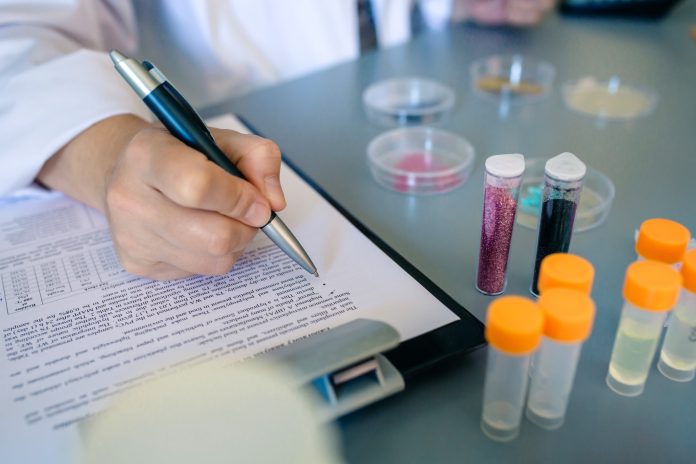Nanoplastics, particles smaller than one micrometre, are increasing concern for environmental and human health. Unlike microplastics, which are already known to be harmful, nanoplastics are even more elusive and dangerous due to their size and reactivity
However, a new innovative tool has been developed by scientists at the University of Massachusetts Amherst, and their international collaborators promise to offer new insights into the spread and potential toxicity of these particles.
Getting a better understanding of nanoplastics
The research team has created a revolutionary technique called OM-SERS (Optical Manipulation and Surface-Enhanced Raman Scattering), which allows for precise measurement and analysis of nanoplastics in various samples.
This new technique could be revolutionary in understanding the environment and health risks set by these tiny pollutants.
OM-SERS can quantify the concentration of nanoplastics in a sample, identify specific types of plastic, and analyse their presence in solid materials such as soil, plant tissues, and human bodies.
The difficulties with understanding nanoplastics
Nanoplastics result from the ongoing breakdown of larger plastic items like bottles and packaging, which can take centuries to decompose. As these plastics degrade, they fragment into tiny pieces smaller than the width of a human hair, creating an invisible yet pervasive pollution problem.
These particles are found everywhere from the highest peaks of Mount Everest to the deepest parts of the ocean, and increasingly in the bloodstreams, organs, and tissues of humans.
The challenge with nanoplastics lies in their size. Due to their small dimensions, they can easily pass through biological membranes, making them highly mobile and capable of affecting various ecosystems and organisms.
Their large surface area also increases the likelihood of chemical additives in the plastics leaching into the environment, adding to the potential risks they set. However, the difficulty in detecting and measuring these particles has stopped fully understanding their impact.
Measuring nanoplastics
The OM-SERS system uses a laser to heat nanoparticles of gold, which attract nanoplastics suspended in a sample.
As the nanoplastics flock to the gold, they can then be analysed with high sensitivity to determine their concentration and the specific types of plastic involved. The system is versatile enough to work with small water samples. Still, it can also be used on solid samples, such as soil, plant material, and even human tissue, after appropriate processing.
One of the unique advantages of OM-SERS is its efficiency. Traditional methods of measuring and identifying nanoplastics can be time-consuming and complicated. In contrast, the OM-SERS technique is faster, more reliable, and flexible, making it an invaluable tool for researchers working to understand the full extent of nanoplastic pollution. The method has already been successfully tested on samples from rivers, ocean farms, and beaches, with promising results suggesting its potential for broader environmental monitoring and health research applications.
Understanding the impact of nanoplastics
As concerns about nanoplastics continue to grow, this new tool is an important step forward in detecting and understanding their environmental and health impacts.
With the ability to rapidly and accurately analyse nanoplastics, scientists now have the means to assess their presence in various ecosystems and organisms, paving the way for more informed decisions on mitigating their harmful effects.











